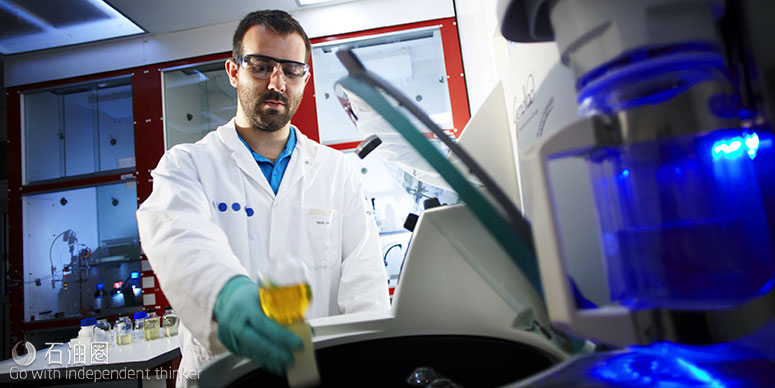INNOVATIVE WASTEWATER MANAGEMENT PROCESSES GAIN TRACTION
Hydraulic fracturing, commonly known as fracking, has been a double-edged sword for the U.S. This method of hydrocarbon recovery has allowed the country to become one of the world’s largest oil and gas producers, after decades of dependence on foreign oil. The advent of this recovery technique has been a boon to the industry and for consumers at the gas pumps.
However, the downside is that the fracking process requires vast amounts of water; around 1 million gallons of fresh water per well per day and produces some 100,000 gallons of wastewater per well per day. The flow-back wastewater is dangerous to the environment because it comes loaded with bacteria, minerals, radioactive materials, and oil and gas particulate.
To mitigate the use of fresh water for fracking, some solutions have been purposed to either dispose of or reuse wastewater. As the fracking method of hydrocarbon extraction has grown since the late 1990s, more and more government regulations have entered into force to curb harmful practices. This has led industry leaders to reconsider the fracking lifecycle and how to reuse wastewater to their advantage.
Old Storage Methods Proven Destructive
Previously, deep-well injection was one of the main disposal methods for produced water. This method injects the wastewater deep underground for storage. However, this has been made illegal in many states because it has been known to seep into groundwater and contaminate drinking water supplies. Another costlier method is to filter the wastewater and return it to nature, however, a regular municipal wastewater treatment plant cannot be used to remove such things as radioactive materials. Thus, the water needs to be transported via truck to special treatment facilities. However, this wastewater disposal process carries high costs: between $3 and $7 per barrel of produced water, which can add up to some $20,000 per day per newly drilled well.
New Technologies, New Methods, New Opportunities
A promising, sustainable method of treating wastewater that is emerging is known as centralized treatment. In this method, effluent pipelines are connected to the wellheads to transport the wastewater to treatment plants within a 40- to 50-mile radius. In addition, each well is specifically monitored to best treat that particular well’s wastewater. Once the water is treated it is essentially sent back to the well to be reused in the fracking process, which in turn cuts costs, reduces work performed, and leaves a smaller environmental footprint.
Recycling and purification treatment options that are now gaining traction within the oil and gas industry range from the following processes:
1.Primary three-phase separation to remove dissolved natural gas, floating gel, oil, sand, and suspended solids, followed by storage for equalization of chemical composition and flow;
2.Secondary separation using dissolved air or gas flotation for removal of a wide variety of contaminants, including polymers, oils, and suspended solids; bactericide is added to reduce bacterial growth;
3.Removal of metals by precipitation, and removal of salts by reverse osmosis;
4.Sludge management for dewatering collected solids;
5.Purification through chemically induced flocculation and coagulation to remove iron and suspended solids, and bio-contamination particles;
6.Electrocoagulation uses electrodes to add ions to induce coagulation;
7.Chemical oxidation produces natural coagulation; this approach is good for use in working tanks, or for high loads, coupled with solids separation and dewatering equipment;
8.Bubble-enhanced floatation is used to suspend oils and solids and lift them to the surface, where they are then skimmed away;
As these processes become more prominent and more government regulation enters into force, more companies will adopt these methods. Additionally, many oilfield services companies are offering newer wastewater management options. Over time, these improved practices will save time, money, and will help the industry become greener.
THE FRACKING PROCESS
1.A drill is used to create an opening to pump fluid into the well.
2.The drill is usually then turned horizontal while underground to crack rocks that contain hydrocarbons.
3.After drilling, a high-powered mixture of water, sand, and fracking fluids are injected to the rock causing it to fracture.
4.Gas or oil is then released into the main well and pushed up for collection.

 石油圈
石油圈
